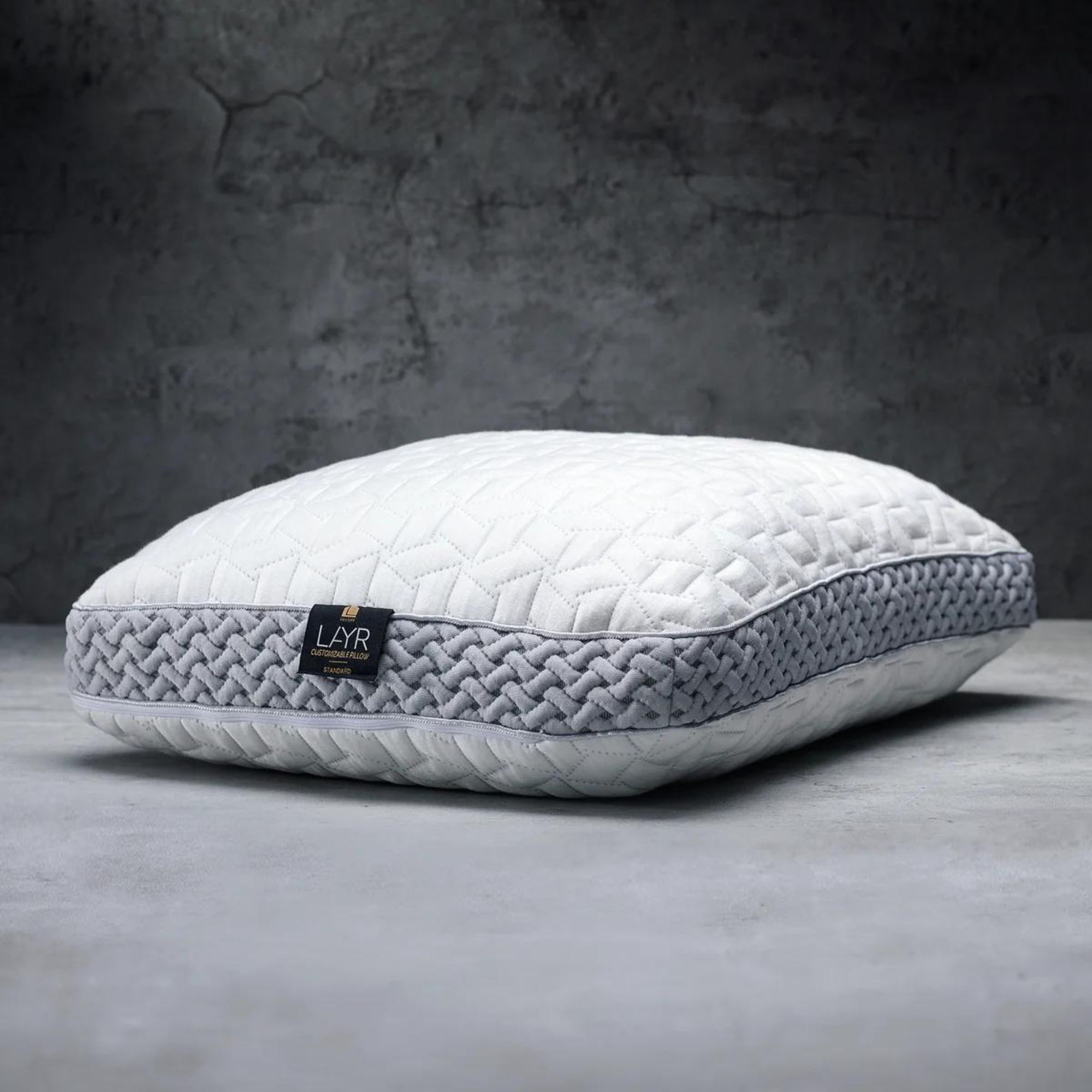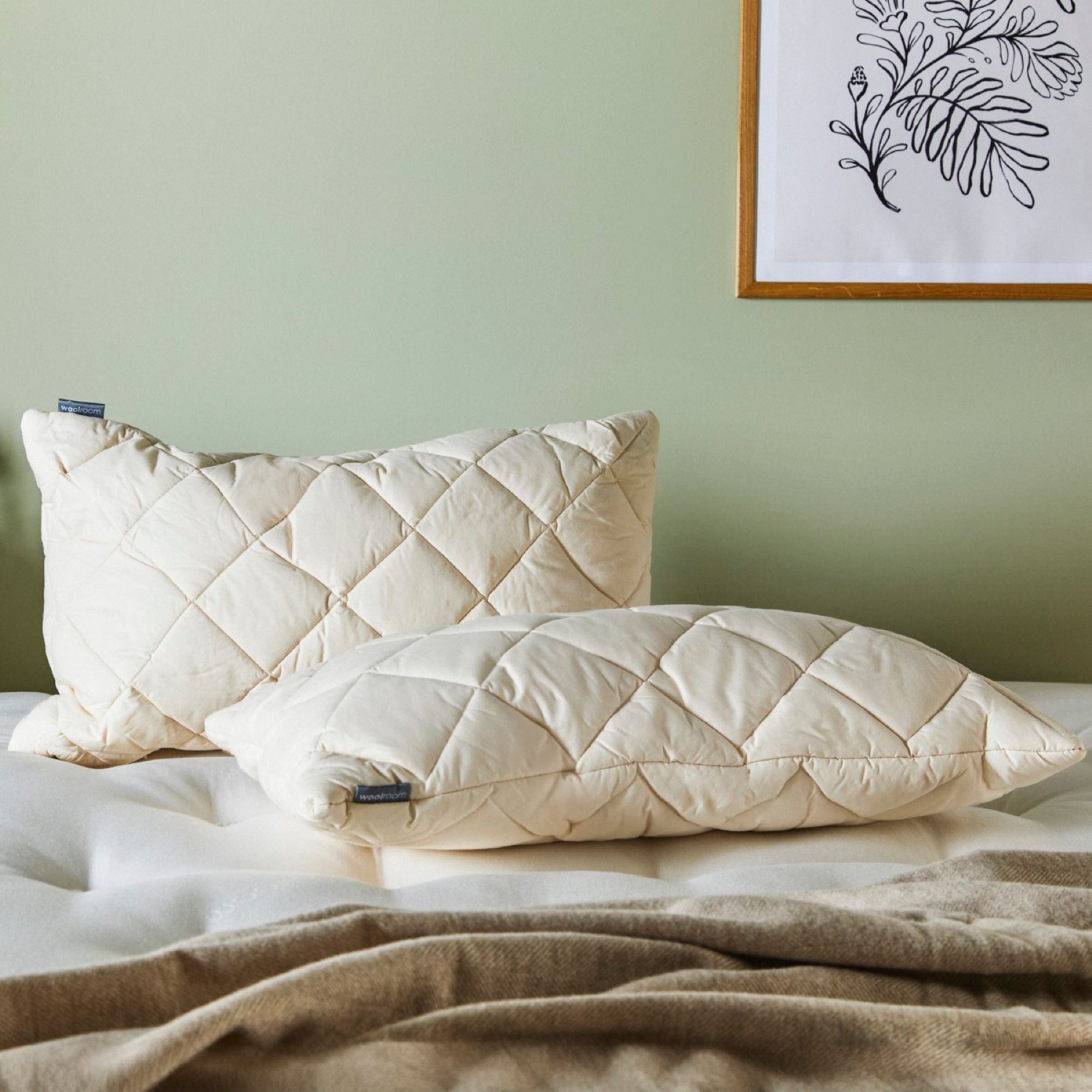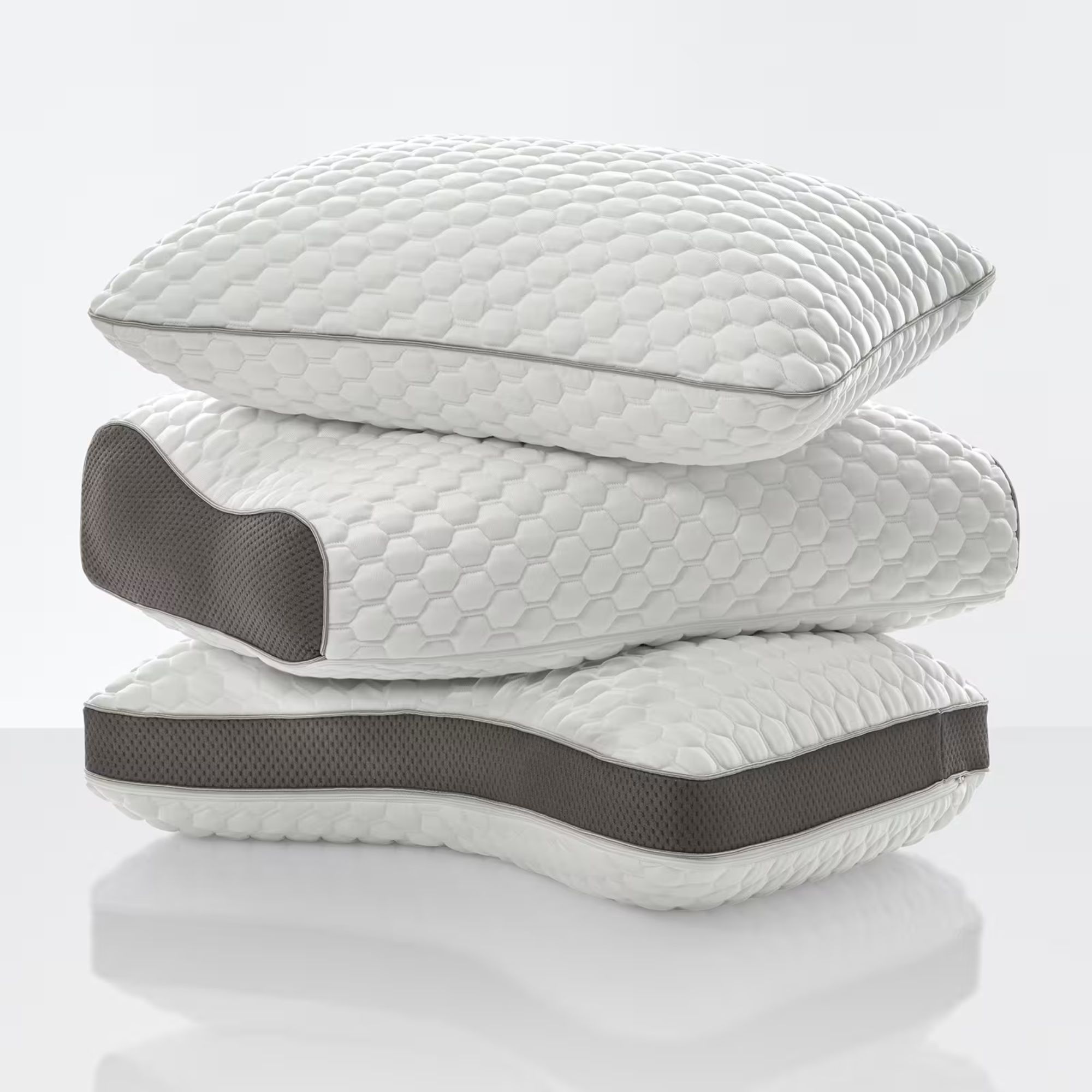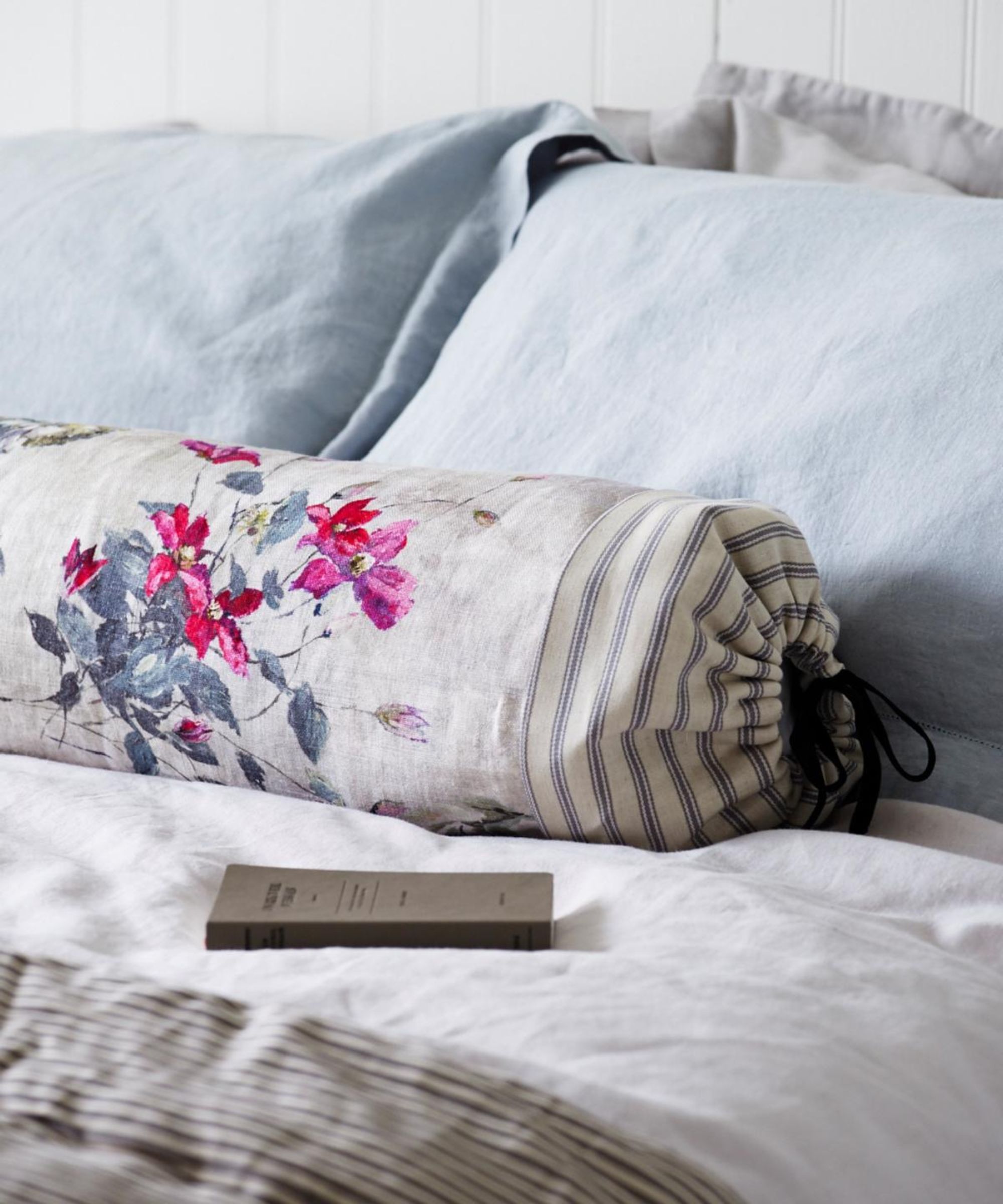
As the resident Sleep Editor at Homes & Gardens, I've learned that no two people sleep the same. We each have our own evening rituals and morning routines, but some of our sleep positions could be doing more harm than good, especially sleeping with one arm under your pillow.
When I asked an expert panel of chiropractors and spinal surgeons for their take on the trend, I got a unanimous verdict: sleeping with one arm under your pillow is one of the worst sleep positions for long-term stress and strain. You need one of the best pillows to relieve the pressure on your arm and shoulders.
If you often wake up with one arm under your pillow, don't panic: I've found a few new sleep positions for you to try.
Should you sleep with one arm under your pillow?

Dr. Matthew Bortolussi has more than two decades of experience in chiropractic treatment. Straight out of the gate, he explains: 'it is definitely a bad idea to sleep with your arm under your pillow. Getting your arm under your pillow and head puts significant stress on your shoulder over the course of the night.'
'The ball and socket joint, known as your glenonumeral joint, will have its stabilizing joint capsule slowly stretched for hours, likely leading to laxity and instability there over time,' Dr. Matthew continues. 'This can also be accompanied by bony degeneration of the joint itself, something your doctor will tell you is arthritis.'
'This high arm position can also compromise or impinge the nerves and blood vessels which travel through this region and out into your arm towards your fingers,' says Dr. Matthew. 'You won't actually be cutting off circulation to your arm, but if you notice that your arm has "fallen asleep" in that position, you've actually been impinging the nerve. Over time, this can lead to permanent nerve damage, pain, and dysfunction.'
Should I change my pillow?

As a Sleep Editor, one of the questions I get from prospective shoppers is: 'how often should I change my pillow?' My answer varies from person to person, but my key piece of advice remains the same: as soon as your pillow stops feeling supportive around your neck, shoulders, and spine, it's time to buy a new one.
You could start shopping for pillows by material, sorting through down and down alternative options, but Dr. Mark El-Hayek believes that 'correcting the pillow height and support is what makes the real difference.'
'A pillow that is too thin forces the head to tilt downward, which increases direct pressure on the joints in the neck and arm underneath,' says Dr. Mark. 'A pillow that is too thick pushes the head upward, stretching the neck muscles. Both situations raise the risk of a stiff neck from sleeping, nerve compression and joint strain'.
'One of the main reasons why people tuck their arm under their pillow is to compensate for the pillow's poor support,' Dr. Mark explains. 'If the pillow is too low, the body instinctively tries to prop the head up with the hand or arm to get into a more neutral, supported position.'
Ultimately, Dr. Mark recommends 'choosing a pillow that matches the natural height needed for your body, where the head and neck stay level without dropping or lifting. This could eliminate the need for the arm under the pillow entirely.'
The H&G Edit − Supportive pillows
I've combed through our back catalog of reviews and spent hours window-shopping the best places to buy pillows to bring you a few of our favorites for enhanced support.
We score each pillow against the same criteria: comfort; support; thermoregulation; and durability. To learn more about how we test at Homes & Gardens, consult our expert guide.

Made from responsive memory foam, this pillow is designed to contour around your neck and shoulders and take the weight off your spine.

This adjustable pillow comes with an extra bag of organic wool tufts, so you can plump it up nice and high to fit in the gap between your neck and shoulder.

Sleep Number produces pillows in unique shapes to suit different sleep positions. Their Contour pillow, which is dipped to cradle your head and shoulders, might save you from putting your arm beneath your pillow.
Should I try alternative sleep positions?

Bad habits can be hard to break, but if you're experiencing strain and tension in your default sleep position, then it might be time for a change. I asked spinal surgeon Dr. Gbolahan Okubadejo for his take on the best sleep position for pain relief.
'Sleeping flat on your back helps distribute weight evenly across your body,' says Dr. Gbolahan. 'This can take pressure off your spine, joints, and muscles. If you want to go one step further, you could sleep with a pillow between your legs. This helps your lower back to keep its natural curve.'
'Side sleeping can be great for your spine, too,' Dr. Gbolahan continues, 'especially if your pillow keeps your head aligned with your neck. A second pillow between your knees adds even more support by keeping your hips level and easing pressure on your lower back. This kind of back sleeping is one of the best sleep positions for lower back pain.'
Dr Gbolahan believes that the least ideal sleep position is sleeping on your stomach, which 'tends to put extra strain on your back and twist your neck into awkward angles. If you can't fall asleep any other way, consider using a very flat pillow, or even sleeping without a pillow, and placing a small cushion under your hips to reduce tension on your lower back.'
Meet our experts
If you're keen to learn how to sleep better, I suggest you consult our expert guide. I asked a panel of sleep scientists and medical professionals for their top tips and product recommendations to get a good night's sleep.







